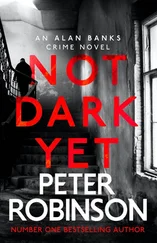I think she enjoyed shocking me like that at the end of her little narratives, as if we needed to be brought back to reality with a jolt. I remember on another occasion she looked me in the eye and said, ‘Of course, the doctor tossed him aside as dead at birth, you know. If it hadn’t been for the nurse he would never have survived. That must do something to a man, don’t you think?’
We talked of many other aspects of Hardy and his work, and, for the most part, Miss Eunice remained silent, nodding from time to time. Occasionally, when Miss Teresa’s memory seemed to fail her on some point, such as a name or what novel Hardy might have been writing in a certain year, she would supply the information.
I remember one visit particularly vividly. Miss Teresa stood up rather more quickly than I thought her able to, and left the room for a few moments. I sat politely, sipping my tea, aware of Miss Eunice’s silence and the ticking of the grandfather clock out in the hall. When Miss Teresa returned, she was carrying an old book, or rather two books, which she handed to me.
It was a two-volume edition of Far from the Madding Crowd , and, though I didn’t know it at the time, it was the first edition, from 1874, and was probably worth a small fortune. But what fascinated me even more than Helen Paterson’s illustrations was the brief inscription on the flyleaf: To Tess, With Affection, Tom .
I knew that Tess was the diminutive of Teresa because I had an Aunt Teresa in Harrogate, and it never occurred to me to question that the ‘Tess’ in the inscription was the person sitting opposite me, or that the ‘Tom’ was none other than Thomas Hardy himself.
‘He called you Tess,’ I remember saying. ‘Perhaps he had you in mind when he wrote Tess of the d’Urbervilles ?’
Miss Teresa’s face drained of colour so quickly I feared for her life, and it seemed that a palpable chill entered the room. ‘Don’t be absurd, boy,’ she whispered. ‘Tess Durbeyfield was hanged for murder.’
•
We had been officially at war for about a week, I think, when the police called. There were three men, one in uniform and two in plain clothes. They spent almost two hours in Rose Cottage, then came out alone, got in their car and drove away. We never saw them again.
The day after the visit, though, I happened to overhear our local constable talking with the vicar in St Oswald’s churchyard. By a great stroke of fortune, several yews stood between us and I was able to remain unseen while I took in every word.
‘Murdered, that’s what they say,’ said PC Walker. ‘Bashed his ’ead in with a poker, then chopped ’im up in little pieces and buried ’em in t’garden. Near Dorchester, it were. Village called ’igher Bockhampton. People who lived there were digging an air-raid shelter when they found t’bones. ’Eck of a shock for t’bairns.’
Could they possibly mean Miss Teresa? That sweet old lady who made such delightful scones and had known the young Thomas Hardy? Could she really have bashed someone on the head, chopped him up into little pieces and buried them in the garden? I shivered at the thought, despite the heat.
But nothing more was heard of the murder charge. The police never returned, people found new things to talk about, and after a couple of weeks Miss Eunice and Miss Teresa reappeared in village life much as they had been before. The only difference was that my mother would no longer allow me to visit Rose Cottage. I put up token resistance, but by then my mind was full of Spitfires, secret codes and aircraft carriers anyway.
Events seemed to move quickly in the days after the police visit, though I cannot be certain of the actual time period involved. Four things, however, conspired to put the murder out of my mind for some time: Miss Teresa died, I think in the November of that same year; Miss Eunice retreated into an even deeper silence than before; the war escalated; and I was called up to military service.
•
The next time I gave any thought to the two ladies of Rose Cottage was in Egypt, of all places, in September 1942. I was on night watch with the Eighth Army, not far from Alamein. Desert nights have an eerie beauty I have never found anywhere else since. After the heat of the day, the cold surprises one, for a start, as does the sense of endless space, but even more surprising is the desertscape of wrecked tanks, jeeps and lorries in the cold moonlight, metal wrenched and twisted into impossible patterns like some petrified forest or exposed coral reef.
To spoil our sleep and shatter our nerves, Rommel’s Afrika Korps had got into the routine of setting up huge amplified speakers and blaring out ‘Lili Marlene’ over and over all night long. It was on a night such as this, while I was trying to stay warm and awake and trying to shut my ears to the music, that I struck up a conversation with a soldier called Sidney Ferris from one of the Dorset regiments.
When Sid told me he had grown up in Piddlehinton, I suddenly thought of the two ladies of Rose Cottage.
‘Did you ever hear any stories of a murder around there?’ I asked, offering Sid a cigarette. ‘A place called Higher Bockhampton?’
‘Lots of murder stories going around when I was a lad,’ he said, lighting up, careful to hide the flame with his cupped hand. ‘Better than the wireless.’
‘This would be a wife murdering her husband.’
He nodded. ‘Plenty of that and all. And husbands murdering their wives. Makes you wonder whether it’s worth getting married, doesn’t it? Higher Bockhampton, you say?’
‘Yes. Teresa Morgan, I believe the woman’s name was.’
He frowned. ‘Name don’t ring no bell,’ he said, ‘but I do recall a tale about some woman who was supposed to have killed her husband, cut him up in pieces and buried them in the garden. A couple of young lads found some bones when they was digging an air-raid shelter a few years back. Animal bones, if you ask me.’
‘But did the villagers believe the tale?’
He shrugged. ‘Don’t know about anyone else, but I can’t say as I did. So many stories like that going around, they can’t all be true, or damn near all of us would be murderers or corpses. Stands to reason, doesn’t it?’ And he took a long drag on his cigarette, holding it in his cupped hand, like most soldiers, so the enemy wouldn’t see the pinpoint of light.
‘Did anyone say what became of the woman?’ I asked.
‘She went away some years later. There was talk of someone else seen running away from the farmhouse, too, the night they said the murder must have taken place.’
‘Could it have been him? The husband?’
Sid shook his head. ‘Too slight a figure. Her husband was a big man, apparently. Anyway, that led to more talk of an illicit lover. There’s always a lover, isn’t there? Have you noticed? You know what kind of minds these country gossips have.’
‘Did anyone say who the other person might have been?’
‘Nobody knew. Just rumours of a vague shape seen running away. These are old wives’ tales we’re talking about.’
‘But perhaps there’s some tru-’
But at that point I was relieved of my watch, and the next weeks turned out to be so chaotic that I never even saw Sid again. I heard later that he was killed at the Battle of Alamein just over a month after our conversation.
•
I didn’t come across the mystery of Rose Cottage again until the early 1950s. At that time I was living in Eastvale, in a small flat overlooking the cobbled market square. The town was much smaller and quieter than it is today, though little about the square has changed, from the ancient market cross, the Queen’s Arms on the corner, the Norman church and the Tudor-fronted police station.
Читать дальше
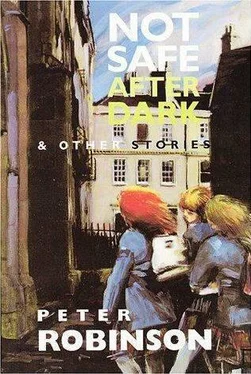
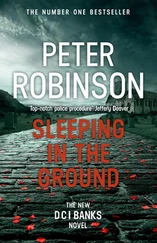
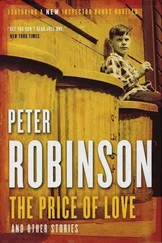
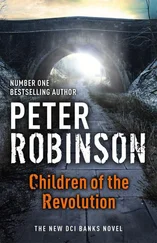
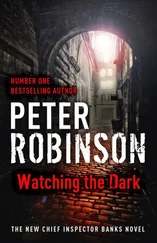
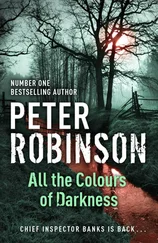
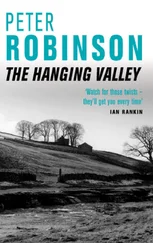



![Джеймс Чейз - Not Safe to Be Free [= The Case of the Strangled Starlet]](/books/417649/dzhejms-chejz-not-safe-to-be-free-the-case-of-the-thumb.webp)
